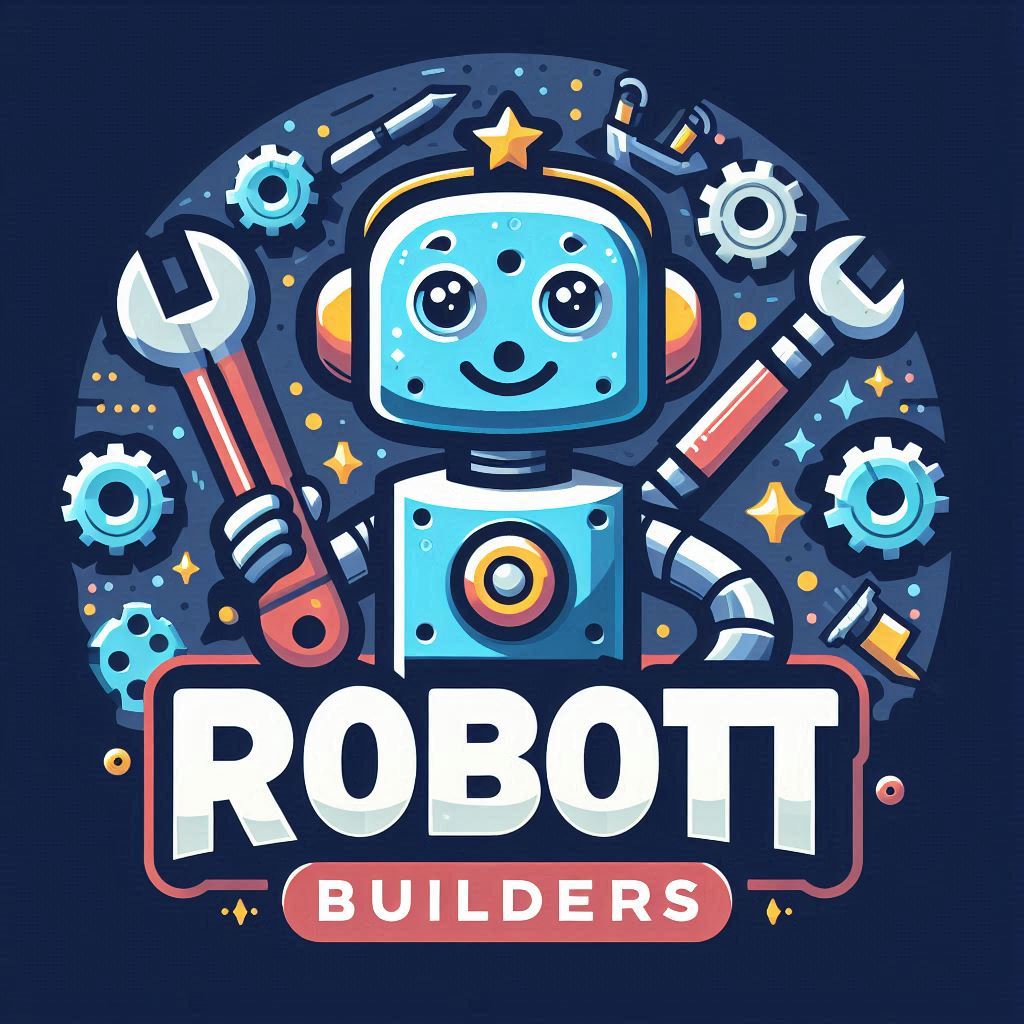Creating AI tools for content generation has become an increasingly valuable skill in today’s digital landscape. From enhancing productivity to crafting high-quality, optimized content, these tools can automate processes and cater to diverse audiences. In this tutorial, we will explore the essential steps to design and develop AI-powered tools specifically for content generation. Whether you’re building a simple text generator or a comprehensive content management system, this guide will set you up for success.

Step 1: Define the Purpose of Your AI Tool
Before diving into development, establish clear objectives for your tool.
- What type of content will it create? Blog posts, social media captions, email drafts, or technical documentation?
- Who is the target audience? Writers, marketers, businesses, or students?
- What are its key features? Include aspects like SEO optimization, keyword generation, or content formatting.
Tip: Narrowing down these specifics will help streamline your design and development process.
Step 2: Choose the Right Technology Stack
To build AI tools, you need a robust technology stack that supports machine learning and text processing. Popular options include:
- Programming Languages: Python (preferred for AI/ML development), JavaScript, or R.
- Machine Learning Frameworks: TensorFlow, PyTorch, or Scikit-learn for developing AI models.
- NLP Libraries: SpaCy, Hugging Face Transformers, or GPT-based APIs for text generation.
Tip: Choose technologies based on your project’s complexity and scalability requirements.
Step 3: Collect and Preprocess Data
AI tools rely on high-quality data for training. Collect relevant datasets such as:
- Open-source Text Data: Use platforms like Common Crawl or Kaggle datasets.
- Domain-specific Content: Gather text from relevant industries (e.g., marketing copy for ad generators).
- Custom Data: Compile proprietary content for targeted training.
Preprocessing Tasks:
- Clean the text by removing unnecessary formatting or duplicate data.
- Tokenize and segment the text to enhance readability for AI models.
- Normalize data by converting everything to lowercase and standardizing punctuation.
Tip: Proper preprocessing ensures accuracy and relevance in the generated content.
Step 4: Train an AI Model
The core of any AI tool lies in its model. Train your AI model using machine learning frameworks:
- Pre-trained Models: Begin with models like GPT (Generative Pre-trained Transformer) or BERT (Bidirectional Encoder Representations from Transformers).
- Custom Training: Fine-tune pre-trained models on your dataset for specific tasks like SEO optimization or content tone customization.
- Evaluation: Test the model on sample queries to ensure reliability and accuracy.
Tip: Fine-tuning pre-trained models reduces development time and improves output quality.
Step 5: Implement User-Friendly Features
Make your tool accessible and efficient for users by adding the following:
- Interface Design: Build a clean and intuitive dashboard for users to input prompts and generate content.
- Customization Options: Allow users to specify tone, format, word count, or keyword focus.
- Real-time Feedback: Include a system to preview and refine generated content.
- Integration Capabilities: Enable integration with CMS platforms or SEO tools for enhanced functionality.
Tip: Use frameworks like Flask or Django to create a web-based application for your AI tool.
Step 6: Test and Deploy
Thoroughly test your tool to ensure functionality, accuracy, and scalability.
- Testing Metrics: Evaluate response time, grammar accuracy, SEO compliance, and content quality.
- Iterative Improvements: Collect user feedback during testing phases and refine features accordingly.
- Deployment Platforms: Host your tool on platforms like AWS, Google Cloud, or Microsoft Azure for reliability.
Tip: Start with a beta release and gather user feedback to make final adjustments.
Step 7: Promote and Optimize
Once your tool is live, focus on promoting it to your target audience:
- SEO Strategies: Create landing pages optimized for keywords like “AI content generator tool” or “automated SEO content creation.”
- Social Media Campaigns: Showcase demos and features through videos or infographics.
- Partnerships: Collaborate with businesses or content creators to drive adoption.
Tip: Regularly update the tool to include new features and adapt to evolving user needs.
Benefits of AI Tools for Content Generation
- Enhanced Productivity: Save time by automating repetitive writing tasks.
- Consistency: Maintain a uniform tone and format across content.
- Scalability: Generate large amounts of content quickly.
- SEO Optimization: Use targeted keywords for better rankings and visibility.
Challenges to Consider
- Data Quality: Poor data can lead to inaccurate or irrelevant outputs.
- Ethical Concerns: Ensure the tool doesn’t produce plagiarized or harmful content.
- Usability: Overcomplex interfaces might deter users.
Tip: Address these challenges during the planning and testing phases.
Conclusion
Building an AI-powered tool for content generation is a rewarding endeavor, offering immense value to businesses and creators alike. By following this step-by-step tutorial—defining objectives, selecting the right technology stack, training models, and promoting the tool—you can create a powerful platform that transforms how users approach content creation. Start today and harness the potential of AI to make content generation smarter and faster!
